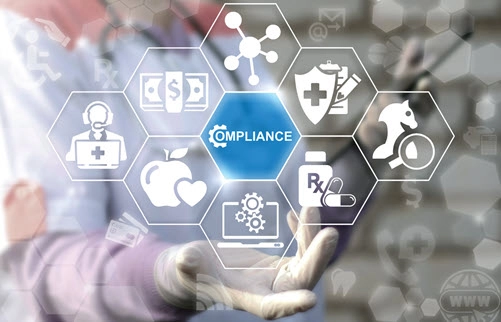Prepare for Survey Resumption
Take infection control and COVID-19 reporting responsibilities seriously. Nursing homes that have been juggling the added cost of infection control, cohorting sick residents, short staffing, and hazard pay aren’t getting any more breaks, in regard to surveys and citations. “Many providers are now significantly overdue for survey due to the focused prioritization of infection control surveys over the past few months,” says Linda Elizaitis, RN, RAC-CT, BS, president and founder of CMS Compliance Group in Melville, New York. “It is important to look beyond COVID-19 when you are prepping for survey since, while infection control is likely to be a major focus, the [Long Term Care Survey Process] Guide provides a much broader look at a facility’s practices, including those that are nonclinical in nature.” Know What These Surveys May Entail Although nursing facilities were alerted June 1, 2020, that some surveys would resume, the Aug. 17, 2020, Quality Safety Oversight (QSO) Memo authorizes additional survey types. The guidance has been updated to include: CMS will also be focusing on resolving enforcement cases that were paused, CMS says in a press release. Additionally, CMS “will also temporarily expand the desk review policy, when state surveyors ensure that facilities return back into compliance with Federal requirements without an onsite survey, to include all noncompliance reviews except for immediate jeopardy citations that have not been removed,” the agency says. Note that surveyors will only be able to resume inspections if they have the necessary staff and sufficient personal protective equipment (PPE), Elizaitis points out. Beware CMPs In a new survey of long-term care facilities, the American Health Care Association and National Center for Assisted Living found 40 percent of nursing homes surveyed said they won’t be able to sustain operations another six months, and 55 percent are currently operating at a loss. Still, there may be more financial stress coming down the pike: The Centers for Medicare & Medicaid Services (CMS) announced it had levied $15 million in civil monetary penalties (CMPs) to more than 3,400 nursing facilities that were found to be noncompliant with infection control measures or did not report data on COVID-19 in their facility. The survey process was adjusted at the start of the public health emergency in March to limit their inspections to focus mostly on infection control, and CMS reports that surveyors made 180 immediate jeopardy level findings — a threefold increase compared to rates in 2019. Of the $15 million in CMPs levied, nearly $10 million was due to these violations, affecting nursing homes in 22 states. The average penalty was $55,000. “The Trump Administration is taking aggressive enforcement action against Medicare and Medicaid certified nursing homes that fail to implement proper infection control practices,” said Seema Verma, CMS administrator. “Now more than ever, nursing homes must be vigilant in adhering to federal guidelines related to infection control to prevent the spread of infectious disease, including COVID-19. We will continue to hold nursing homes accountable and work with state and local leaders to protect the vulnerable population residing in America’s nursing homes.” CMS says as of Aug. 3, 2020, more than 99 percent of facilities are reporting data about COVID-19 infection rates. However, CMS has already taken action against those facilities that have not reported or have lapsed in their reporting, levying approximately $5.5 million in CMPs and citing more than 3,300 deficiencies in nursing homes’ reporting of COVID-19 data. Bottom line: Don’t fall short on infection control measures, and make sure you’re reporting your COVID-19 data, especially if your facility is chosen to receive a COVID-19 testing device. See “Continue to Report Data with In-House Testing Device,” page 7, for more information on reporting responsibilities if you receive a testing platform.


